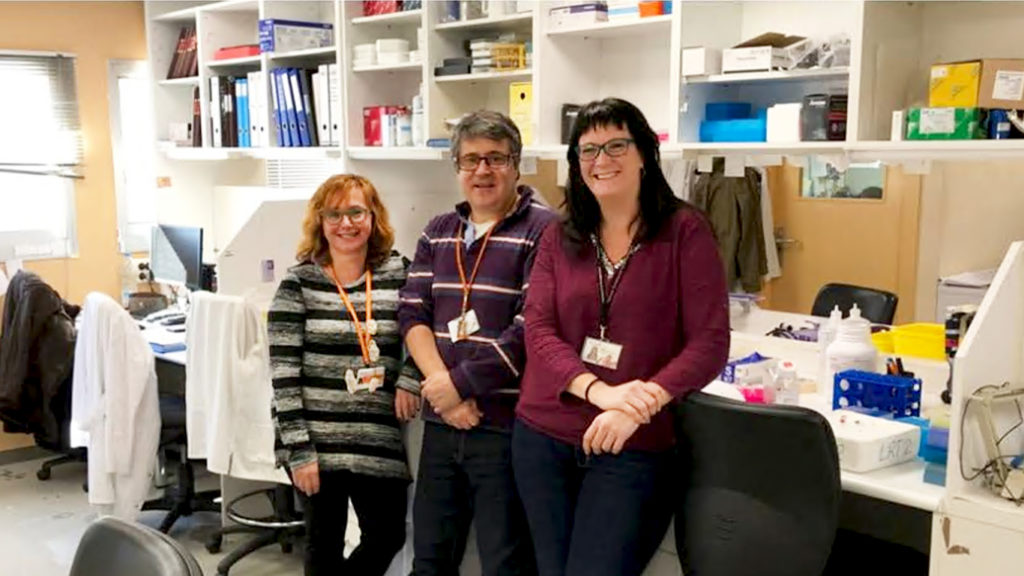A team from IDIBELL and ICO, using a mouse orthotopic model, conducted a real-time personalized oncology study to test the best therapeutic option to treat a type of relapse sarcoma. Malignant Peripheral Nerve Sheath Tumor (MPNST) are very aggressive and do not usually have a good prognosis, especially if complete surgical excision cannot be achieved. To generate the orthotopic model, a small fresh fragment of the patient’s tumor was implanted on the same day of surgery in the same mouse tissue. Once the tumor had grown in the mouse, several treatments were tested and the response was analyzed.
In the study, co-led by Dr. Conxi Lázaro and Dr. Alberto Villanueva, both of IDIBELL Oncobell program and researchers of the Catalan Institute of Oncology, the creation of the orthotopic model of MPNST allowed to realize, by Next Generation Sequencing techniques, genetic analyzes to determine the mutations that the patient presented.
Based on genetic analyzes, drug availability, and previously published results, in coordination with the team of oncologists that treated the pediatric patient from Hospital Sant Joan de Déu, ten drugs were tested in seven possible treatments in the mouse model. Based on the results obtained in the mouse, two treatment regimens were administered successively to the patient, who had previously developed lung metastasis. The patient did not show complete response to treatments, but along with a lung metastasectomy, he has been 46 months free of disease.
Juana Fernández Rodríguez, the first author of the work, indicates that although this mouse model has not exactly recapitulated what happens in humans, it is a pilot test to identify key aspects of personalized therapy. “The experience gained in this trial can help to better plan this type of murine model in real-time,” says Fernández Rodríguez, “and help to fill the gap between the specific genetic alterations of each tumor and the treatments of patients, allowing to select the best therapeutic options.”
This study was carried out in coordination with the Hospital de Sant Joan de Déu in Barcelona, the IGTP in Badalona, and was funded, among others, by the Fundación Proyecto Neurofibromatosis at the state level and of the CSR (Corporate Social Action) activity of the spin-off Xenopat SL.

